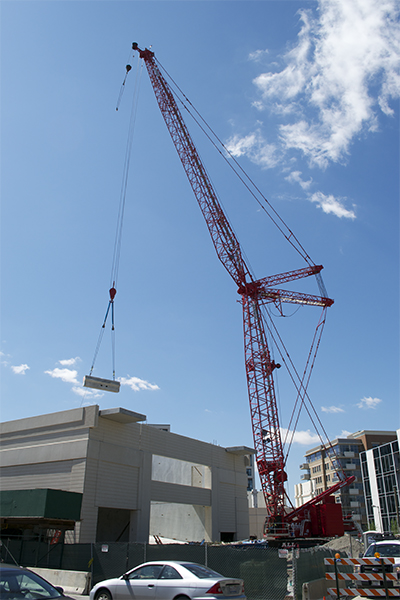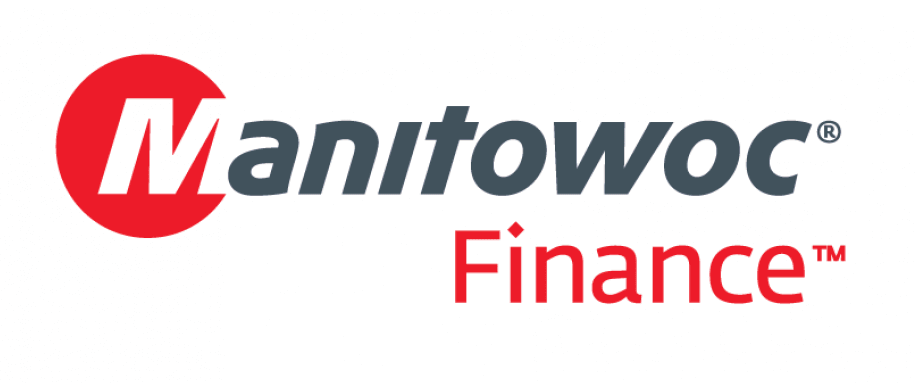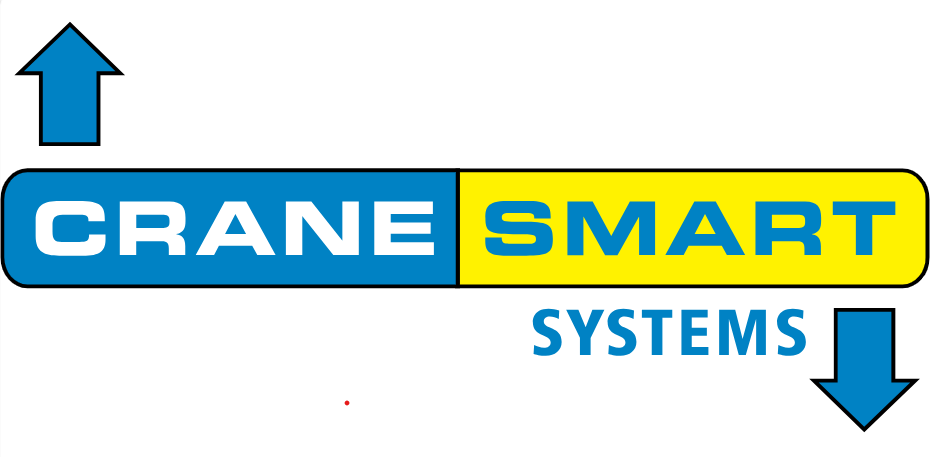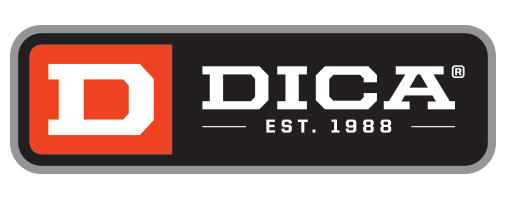 • A Manitowoc MLC300 is helping contractors to build a mixed-use development in Chicago that comprises retail stores, condominiums and a parking garage.
• A Manitowoc MLC300 is helping contractors to build a mixed-use development in Chicago that comprises retail stores, condominiums and a parking garage.
• Thanks to its Variable Positioning Counterweight (VPC), the MLC300 can lift at or near the capacity of cranes with much larger footprints while erected in tight quarters.
• Manitowoc’s innovative design enables the MLC300 to keep up with changing trends in construction, lifting larger and heavier precast segments than those previously made by manufacturers.
A Manitowoc MLC300 is at the center of a mixed-use development construction project in Chicago, Illinois, lifting precast concrete panels to build an eight-story structure that will consist of retail stores, condominiums and a parking garage. The job’s biggest challenge is its tight working quarters, and the MLC300 is providing a solution where previous generations of cranes would not have fit the bill.
The sales manager, who provided the 330 USt MLC300 to the project, said that the crane’s compact footprint and high capacity made it an ideal lifting solution for constructing the building.
“This machine is perfect for this job,” he explained. “The precast segments we’re lifting often weigh more than 30 USt. In the past, we would have used a larger crawler, but the counterweight for that crane wouldn’t have fit on the job site.”
The site’s quarters only allow for 40 ft of space between the perimeter of the structure and the MLC300 as it lifts precast segments that weigh between 15 USt and 32 USt. Thanks to its Variable Positioning Counterweight (VPC) technology, the crane is able to lift the loads from a more compact footprint than previous generations of crawler cranes.
He said that the advances made possible by VPC technology are helping to foster a new era in precast construction.
“Precast construction has been around for a while, but manufacturers are starting to push its boundaries,” he said. “Bigger and heavier precast segments need bigger cranes to lift them and Manitowoc is always leading the market in that regard. The company is always coming out with cranes that can handle new challenges and keep up with the times in a rapidly changing market."
“The MLC300 was the right fit for this project because of its large capacity on a small footprint,” said Chris Barone, operations manager. “This allowed us flexibility in optimizing the size of the precast segments to meet the architectural intent of the building while also keeping the number of pieces to a minimum.”
- Log in to post comments















